If you’re looking to get the most out of your winter training, then you’re already going to be head and shoulders above those cyclists who go into hibernation come autumn, only to return once the temperature is back in double digits.
That head start gives you the opportunity to put the building blocks in place for next year, whether building your fitness with long base training rides, putting together a winter training plan, or making the most of the benefits of indoor cycling.
Winter can be a tough time to be a cyclist – and that's just the challenging conditions on the roads and trails – but that doesn’t mean you should give up.
For more tips on tackling the tough conditions, head to our complete guides to winter mountain biking and winter road cycling. Gravel riding remains an option, too – we've argued why gravel riding is better than road cycling in winter.
11 winter training mistakes and how to avoid them
Not having the right kit

First things first, having the right kit is essential to surviving winter on the bike. While your bravery is to be admired if you’re still riding in a pair of bib shorts and a short-sleeve cycling jersey in winter, at best you're going to get cold; at worst you may pick up an illness or get hypothermia.
A pair of bib tights should be a wardrobe staple come this time of year to keep the worst of the cold weather off your legs, while your top-half choice will depend on the conditions – from a long-sleeve jersey over a cycling baselayer on milder days through to a windproof and waterproof jacket for when things get really bad.
Covering your hands and feet with winter gloves and overshoes respectively will also keep your extremities warm, while a cap will keep the chill off your head.
Don't forget mudguards either, which will keep you and your bike cleaner and drier.
Wearing too much kit
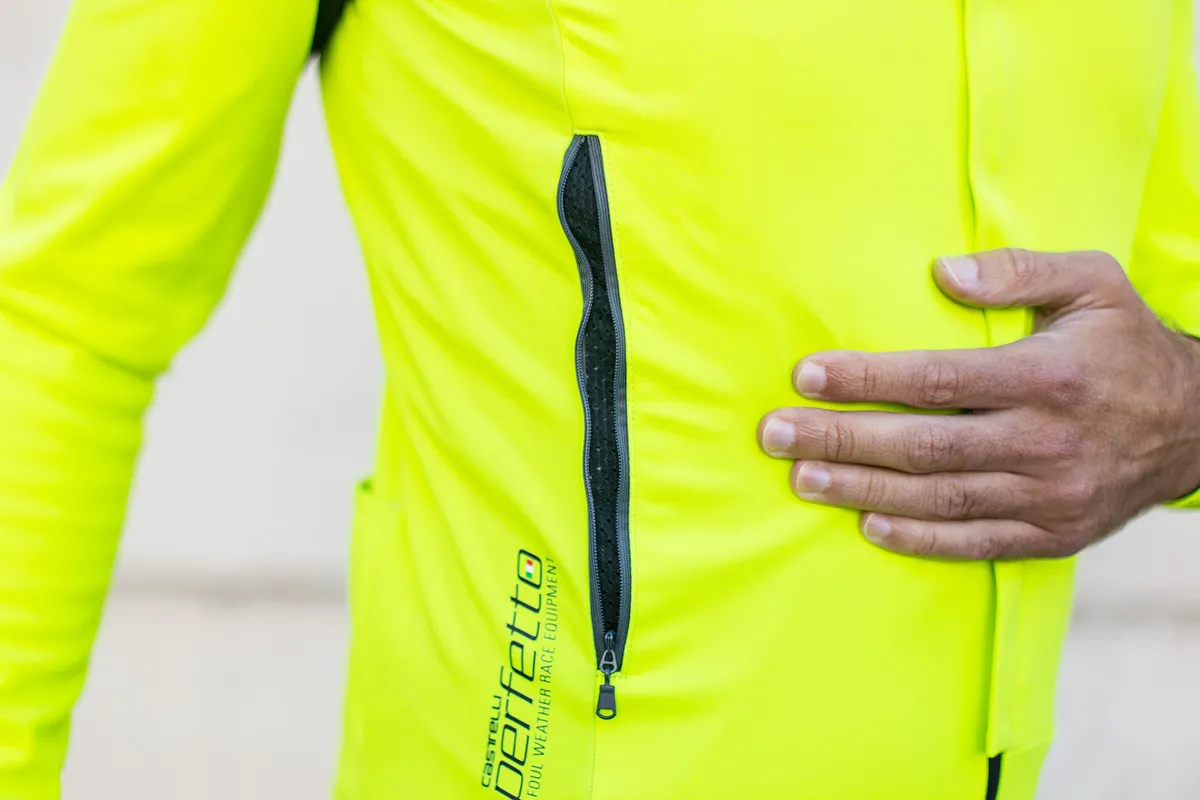
Great, you’ve now got all the gear. But that doesn’t mean you have to wear it all at once. While you want to be warm on a ride, there can be too much of a good thing – starting off snug and cosy can soon turn into a wet, soggy mess once you’ve got a few miles under your belt or hit a climb. With this comes the dreaded wind chill.
To counter this, it’s best to layer up for winter cycling with garments you can remove and put back on as conditions change. Matt Bottrill of Matt Bottrill Performance Coaching swears by a cycling gilet as a lightweight, easily stowable layer to keep the wind off your chest, without overheating.
“At this time of year, the weather can change and you can get cold quickly, so always have layers of clothing,” he says. “If you can keep yourself warm and dry [through winter], you’re more likely to have consistent training.”
Not planning ahead

If you have a goal in mind for next season, winter is the perfect time to start preparing for the year ahead. While it might seem too early to be training for next season, the work you do now will stand you in good stead come summer.
As with any training, it’s best to have a plan to help you focus on what you want to achieve – rather than doing sporadic sessions where there’s no progression. Each session should be part of a bigger jigsaw that leads towards your overall goal, according to Bottrill.
“While you’re training, you should be thinking about the next training day,” he says. “I’ve always said that you want to plan two weeks in advance to sort out the structure of your programme.”
Dr Emma Wilkins and Tom Bell, of High North Performance coaching, advise scheduling a recovery week, where you do half your usual volume, once a month.
Not sticking the bike on the turbo the night before
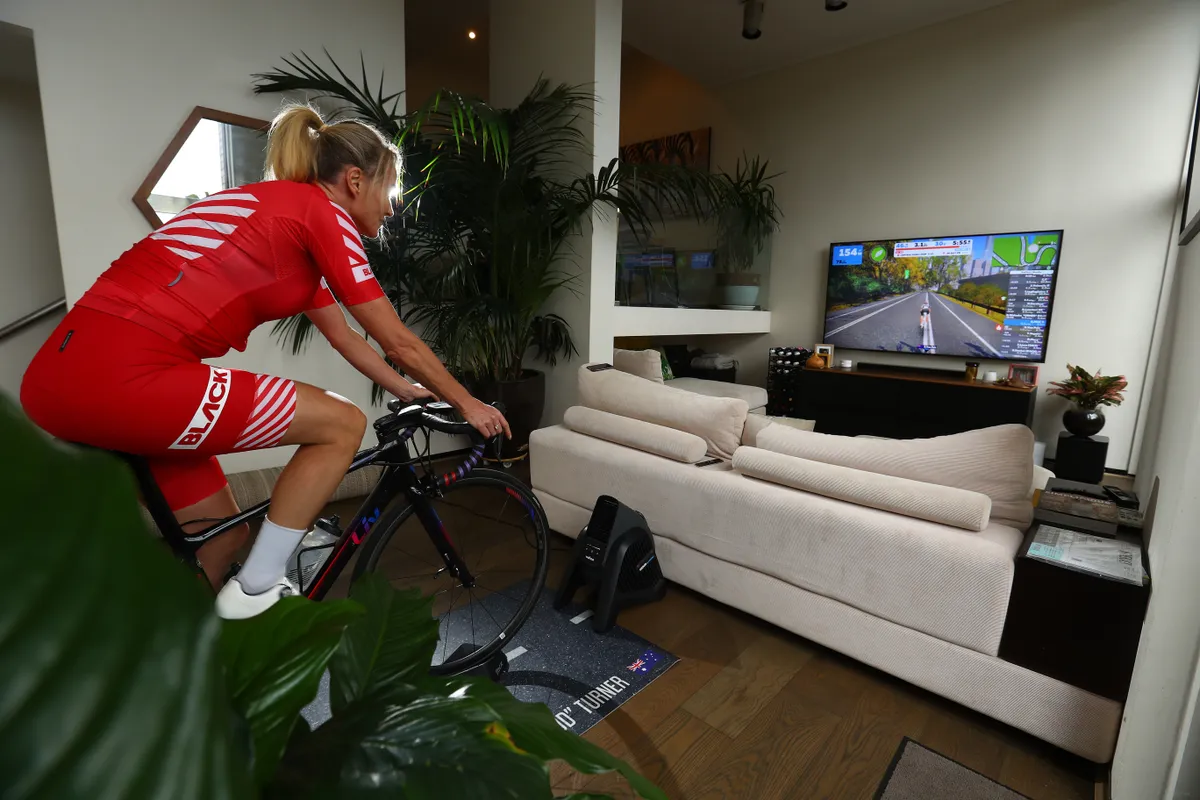
The best smart trainers can make the most out of your training time in the morning before work. But only if your bike is set up on yours the night before.
“If my bike’s not on the turbo ready to go, that session just doesn’t happen,” says Dr David Nichols, cycle training consultant for Wattbike. “It’s about making it as convenient and easy to happen, and pretty much any excuse not to set the alarm and get on the bike is good enough not to do the session.”
Set yourself a reminder in the evening to get your bike on the turbo and lay out your turbo trainer accessories (towel, bottle, fan and the rest). Then you’ll have one fewer reason not to do that morning workout.
Spending too much time on the turbo
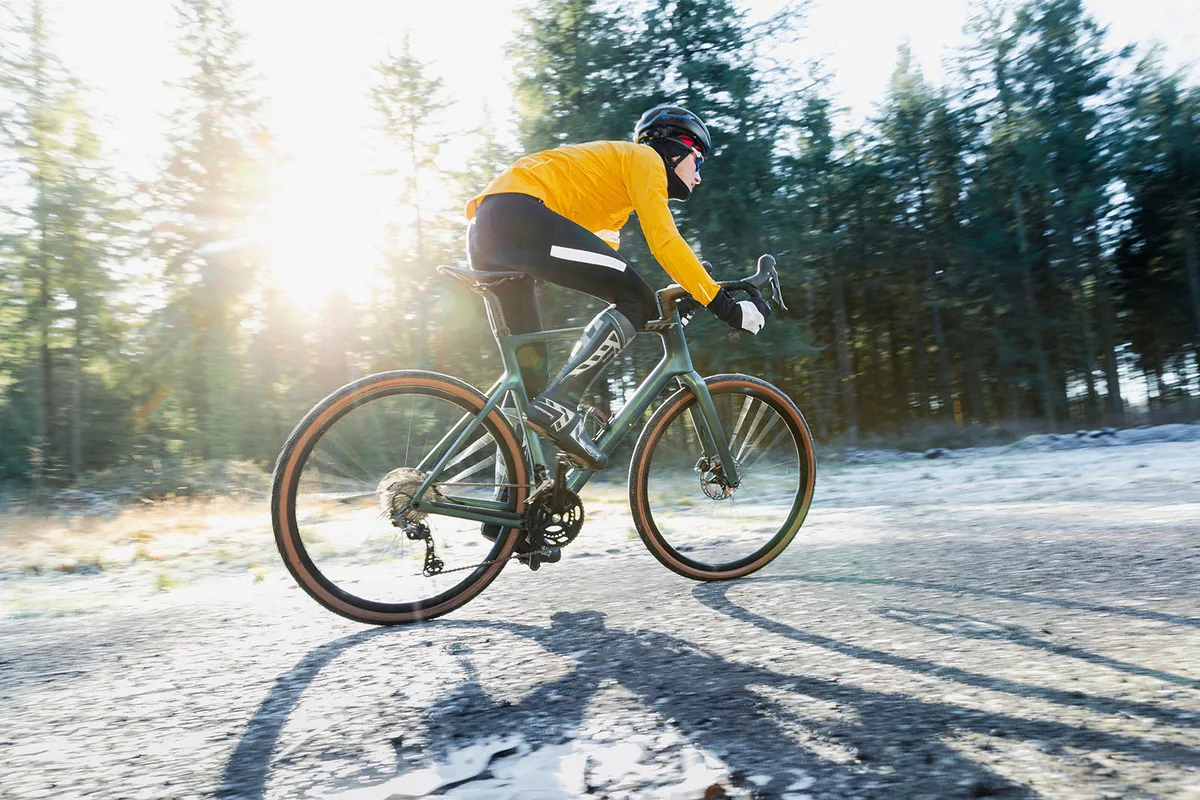
Stationary pedalling on a smart trainer delivers 95 per cent of the physiological benefit of riding outside, according to sports scientist and performance cycling coach Jacob Tipper.
However, pedalling at a set cadence, for example in ERG mode, doesn't develop your ability to turn the cranks at high speed, which fast group riding requires.
It's also tempting to adopt a less aerodynamic riding position indoors to hit target power numbers. On the road, this poor habit will make you less slippery and slow you down.
In addition, most cycling events, from sportives to races, require you to know to how to ride in a group. You'll be safer and faster if you're comfortable holding the wheel and cornering effectively.
As a result, Tipper, who coached current WorldTour professional Ben Healy, recommends doing both indoor and outdoor cycling training in the winter.
Not keeping your lights charged
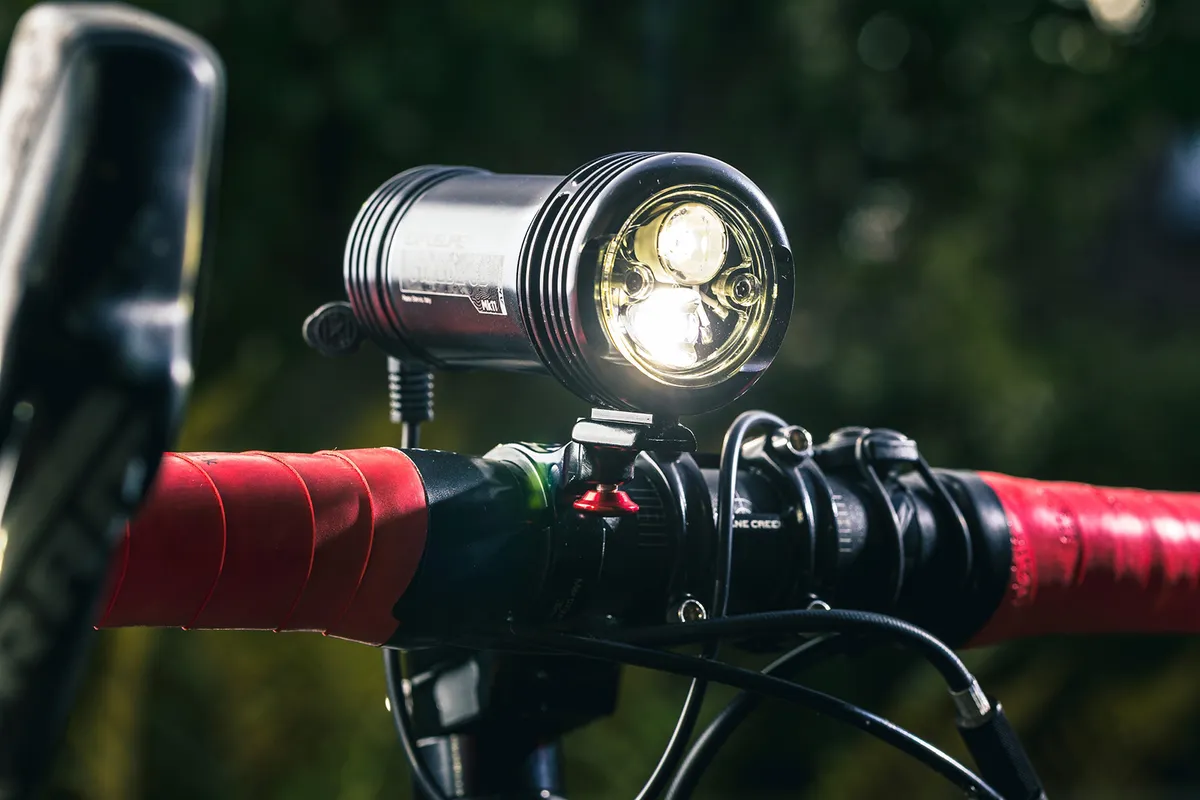
If you like to ride outside, rather than on the turbo trainer, you need to ensure your lights are charged in advance. It’s easy to think that ‘no lights’ equals ‘no training’ and therefore an extra hour in bed, particularly with the lack of daylight through winter.
Even the best road bike lights and mountain bike lights with lengthy run times require regular charging. Taking them off your bike to be charged after every long ride (or every couple of shorter rides) reduces the risk of them being flat when you set off or running out mid-ride. Bike dynamos are better still for going the distance in the dark.
Riding too far from home on your own
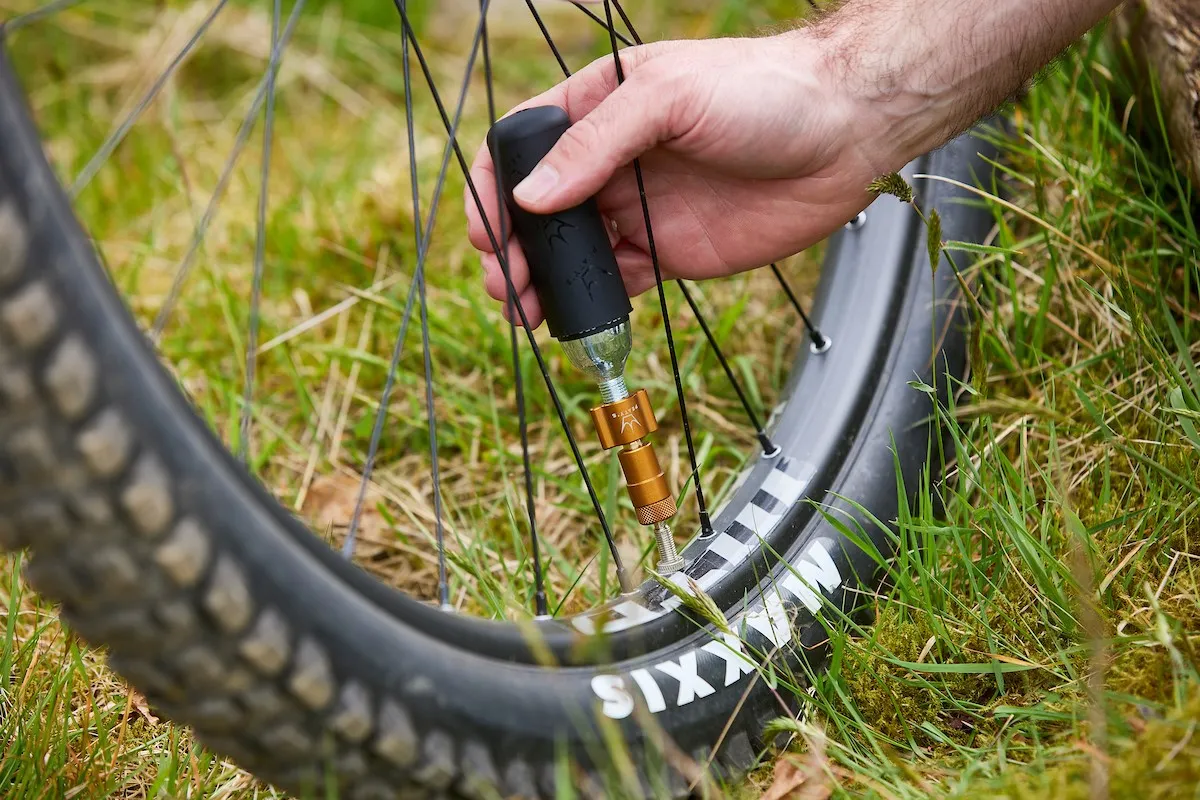
While it can often be tempting to discover new roads on long training rides, Bottrill recommends sticking to tried and tested routes not too far from home during the depths of winter, particularly if the weather is poor.
Being miles from the nearest bike shop or stood on the side of the road in the cold trying to fix your bike isn’t fun.
Venturing further afield is safer while riding in a group so a mate's on hand if a ride-threatening mechanical strikes.
Bottrill says he always rides circuits at this time of year for that very reason, never straying too far in case of mid-ride mechanicals, or in case he needs to get home quickly.
While it might not be the most interesting way to train, it limits the potential for things to go wrong. Plus, you’ll have new routes to look forward to discovering in the spring.
Before heading off the beaten track in winter, learn how to safety check your bike pre-ride. Carry everything you need to stay well-fed and watered, and everything you need to fix a puncture.
Forgetting to hydrate
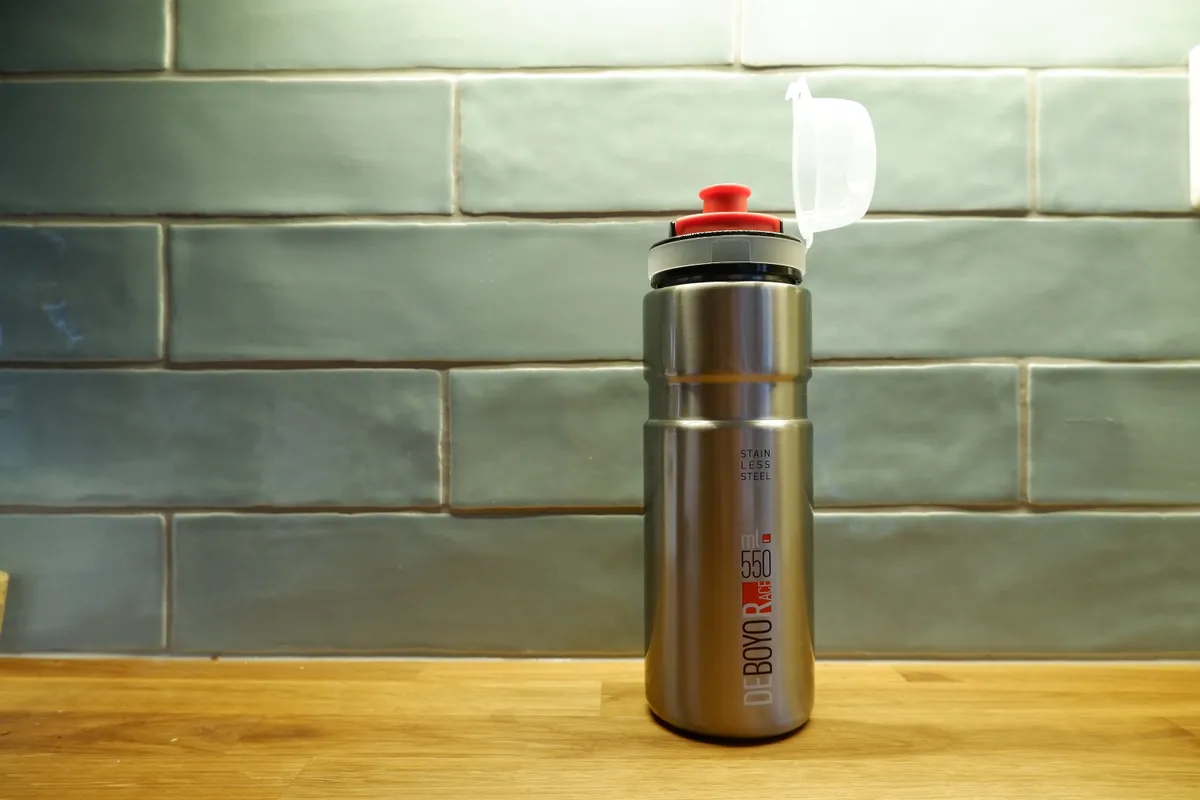
When riding in the summer, you’d never think of leaving the house on a long ride without a couple of bidons full of water.
So why should things be any different come winter? Sure, it’s not as warm, but you need to stay hydrated on your bike – you’re still working hard, even if your perspiration isn’t as obvious.
“It’s one thing that gets neglected – when it’s not warm, we don’t hydrate,” says Bottrill.
Not eating properly before, after and during
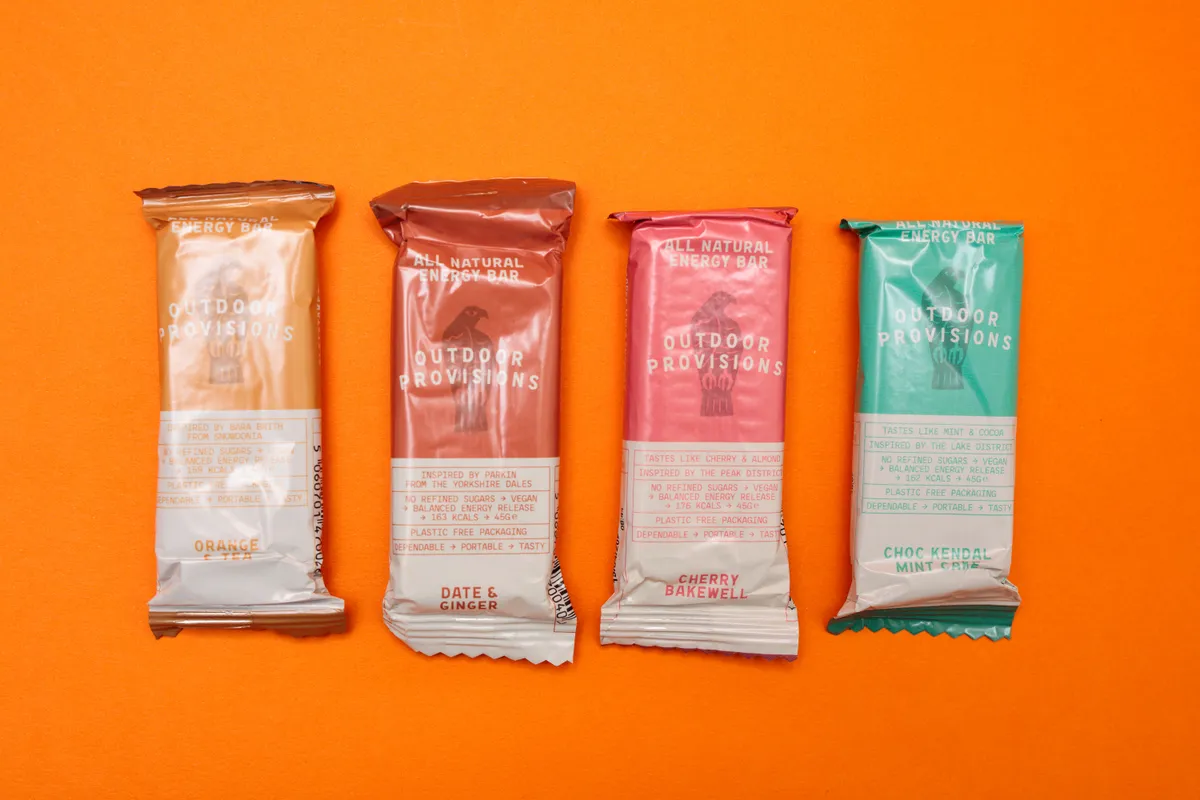
Riding your bike through the winter months can be a great way of keeping trim.
But while it’s tempting to dive into a selection box as soon as you finish your ride, it’s important to refuel your body properly to start the recovery process.
“It’s key to replenish your glycogen stores,” says Bottrill. “Once you’ve finished your training, remember to take in your protein and carbohydrates.”
Not recovering between interval sessions

If you’ve got less than an hour for a training session, then a HIIT workout – where you intersperse short, high-intensity intervals with brief periods of recovery – is a time-efficient way of keeping your fitness up over winter.
But it’s also important to factor in recovery time between sessions, due to their intensity and what they take out of the body.
”If you’re doing that day-in, day-out, you’re going to burn out really quickly,” says Bottrill. “If you have 30 to 40 minutes of training time, there’s a benefit, but you can’t do it every day. It’s not feasibly possible because you can’t hit that high intensity.”
Overdoing it
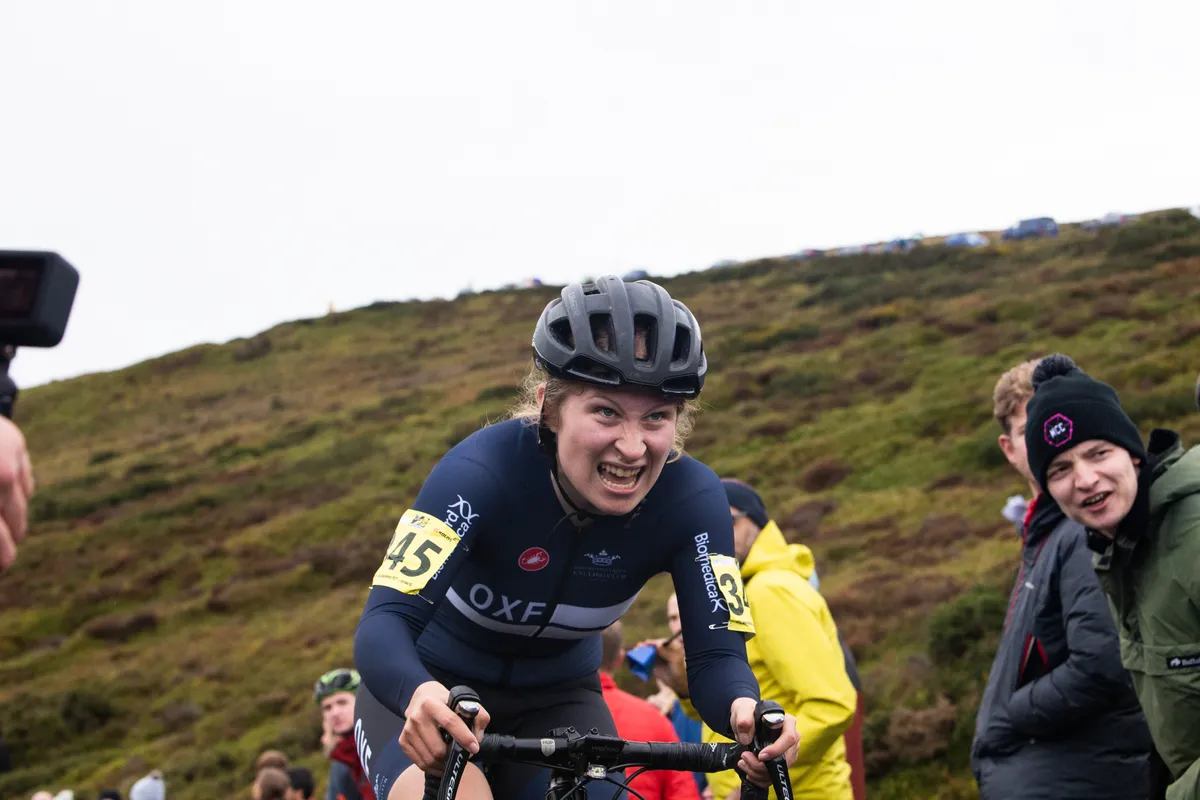
Although it might be tempting to try to get a real leg-up ahead of next season, it is possible to burn out before you’ve even got there. “We call them winter warriors,” says Bottrill.
Instead, he recommends setting goals and working out a structured training plan that will help you achieve those objectives, without burning out and suffering from overtraining.
After all, you want to get to spring ready to take your training to that next level, for instance with tempo riding, rather than arrive at your peak. Save the hill climb training and VO2 max intervals until closer to your target event.
